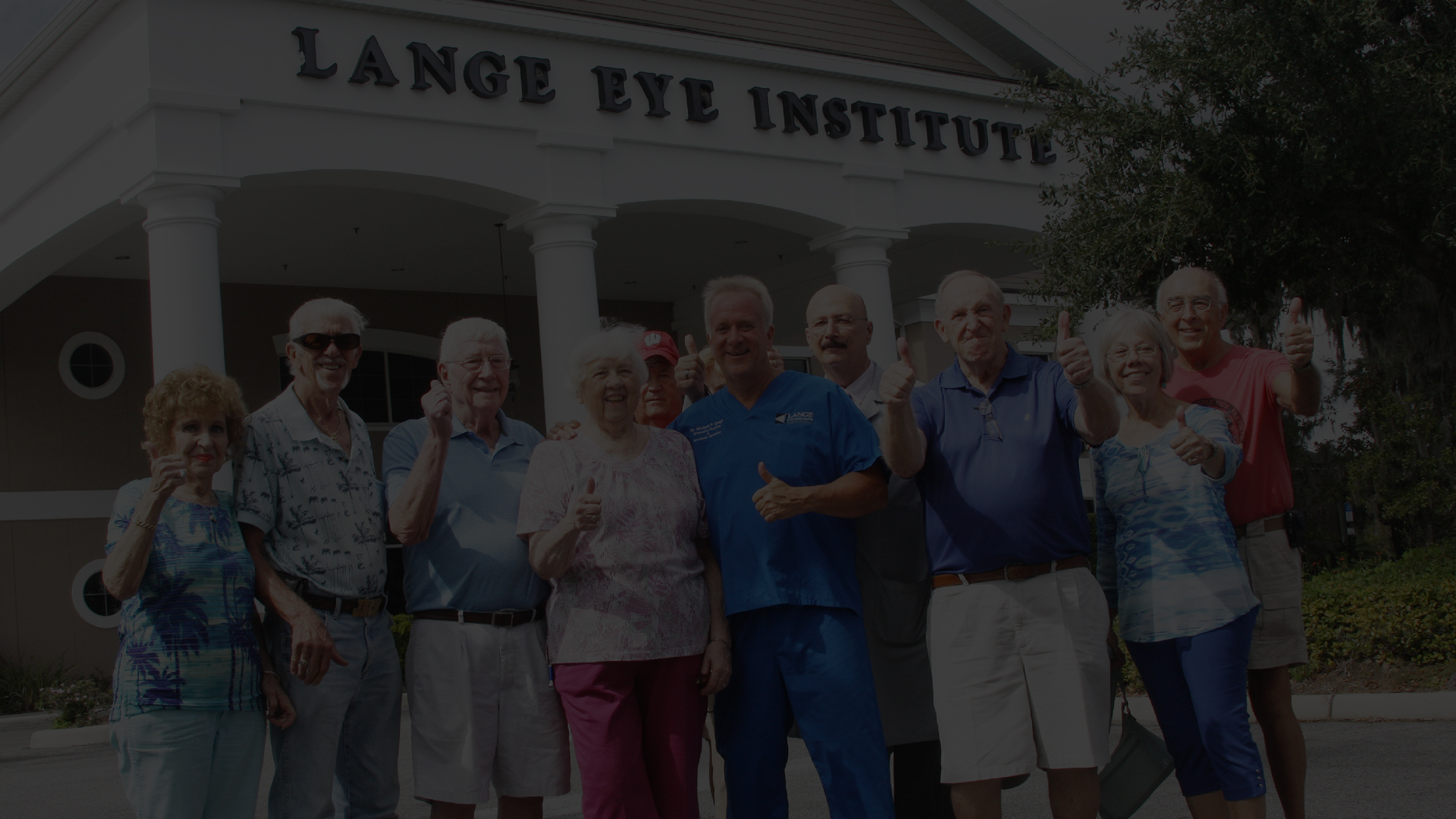Glaucoma is the second leading cause of blindness worldwide and affects about three million Americans. The most common form of glaucoma is called open-angle glaucoma, which results in increased eye pressure. This condition damages your eye’s optic nerve—the part of the eye that carries the images we see to the brain. When damage to the optic nerve occurs, blind spots develop. Without proper treatment, damage to the optic nerve can eventually result in total blindness.
While there is no cure (yet), you can preserve your vision and prevent further vision loss with treatment. There are often no early, noticeable symptoms of glaucoma, so it’s very important to regularly visit your eye doctor who can check for signs and start treatment if necessary.
How is glaucoma treated?
The purpose of glaucoma treatment is to lower the intraocular pressure (IOP) within the eye in order to prevent deterioration of the optic nerves. While treatment can’t restore vision that is already lost, it can help prevent further vision loss. Let’s discuss the most common treatment methods.
If you’re in need of glaucoma treatment in The Village, FL, contact Lange Eye Institute today.
Prescription medication
The first line of treatment is typically prescription eye drops that are taken daily. These medications lower eye pressure, either by decreasing the amount of aqueous fluid produced within the eye or by helping fluids drain. There are several different types of drops used to treat glaucoma and they can only be prescribed by your eye doctor.
Oral medication
If eye drops don’t reduce the intraocular pressure, your doctor may prescribe oral medication. Oral drugs are usually only used for a short period of time because their effectiveness can reduce over time and they often produce some side effects.
Laser treatment
Laser treatment may be recommended if eye drops and oral medication don’t reduce your eye pressure. This treatment involves aiming a high-energy beam of light at a specific part of your eye to stop fluid from building up inside of it. Laser treatment is typically done while the patient is awake. Don’t worry—local anesthetic drops are used to numb your eyes before the
procedure so you shouldn’t feel any pain.
If you’d like to discuss laser treatment for glaucoma, contact Lange Eye Institute today.
Surgery
In rare cases, surgery may be recommended if the other treatment methods haven’t been effective. The most common type of surgery for glaucoma is called trabeculectomy, which involves removing part of the eye-drainage tubes to allow fluid to drain more easily. This surgery can be performed with a local or general anesthetic. As with any procedure, your doctor should discuss the benefits and risks of the procedure before you decide to move forward.
Early detection is key
As we mentioned earlier, many people—50 percent to be exact—aren’t aware they have glaucoma until they start noticing vision loss. Getting your eyes checked every one to two years is very important, as your doctor can better identify signs and symptoms of the disease.
If you’re due for an eye check-up or are experiencing concerning symptoms, reach out to Lange Eye Institute to schedule an appointment today.



